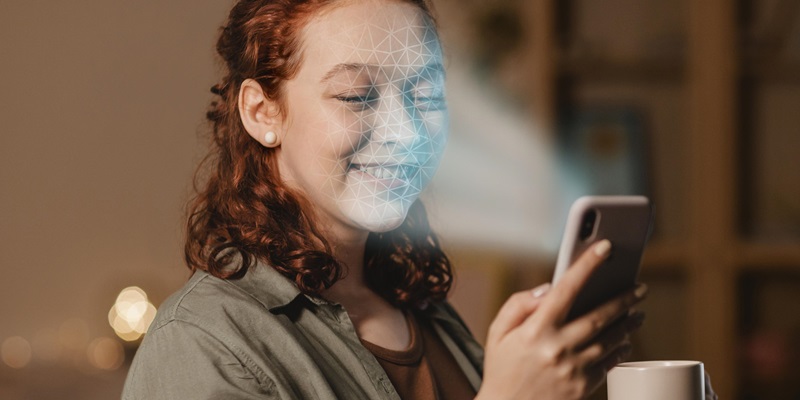Facial recognition technology has rapidly become a mainstay in our daily lives. From unlocking smartphones to accessing secure locations, its ease of use makes it a popular security feature. However, with its integration into various devices and systems, this technology has increasingly become a lucrative target for cybercriminals. These adversaries exploit the very facets that render facial recognition convenient, developing sophisticated malware that can compromise personal and financial information. The general populace, largely unaware of these looming dangers, continues to embrace facial recognition without fully comprehending the potential repercussions.
The unavoidable truth is that as facial recognition technology becomes more intricate, so do the tactics used by malicious entities. The advancement in artificial intelligence and machine learning, while enhancing security verification processes, paradoxically beckons more relentless and intricate attacks. Such malware may employ advanced algorithms to fabricate facial data that can mislead recognition systems. This digital arms race between cybersecurity measures and hacking techniques highlights an unsettling trend, where the technology that is deployed to protect user privacy may also act as a conduit for its violation.
Bolstering Cybersecurity Defenses
Cybersecurity experts stress the necessity of beefing up defenses against facial recognition malware. Key measures include frequently updating security software to leverage the latest safeguards and avoiding sensitive activities on public Wi-Fi, which is vulnerable to attacks. Manufacturers and developers are also crucial in this battle, tasked with incorporating cutting-edge security like liveness detection to thwart unauthorized access. This tech discerns between actual faces and their replicas, reinforcing the integrity of biometric systems. As facial recognition tech evolves, it’s vital for the cybersecurity sphere to enhance protections concurrently to counteract emerging threats. The commitment of all stakeholders to these proactive security steps is essential to safeguard personal data against cyber incursions.

